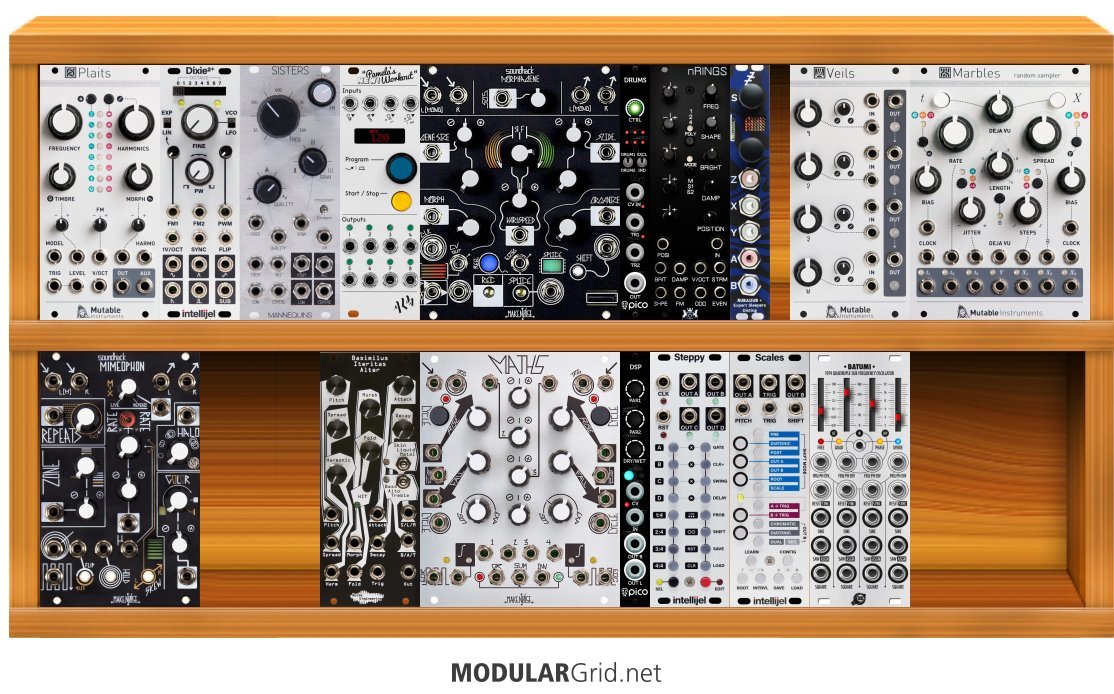*Updated Rack
Hello all!
First time posting on the forum. I am about 1 year into my synth/modular journey and I am obsessed and learning something new each day.
My first piece of gear was the DFAM which I love followed by a Neutron and a keystep that I pair with it.
I have made the jump and just got a mantis case and have a maths, dixie 2+, a-140 adsr, veils, and a passive mult.
I plan on getting a wasp filter or a three sisters.
My question is really about sequencers...I am torn between a Eloquencer or Rene v2 or a pressure points with brains.
Or do I not worry about the sequencer so much right now and go with something like a PNW, adding a plaits and marbles or go with a batumi ahhhh! I bit lost at this point but basically I am trying to create a stand alone unit along with my DFAM. I might sell/trade the neutron because I am not using it as much as I thought I would.
Any advice would be great.
Thank you!


